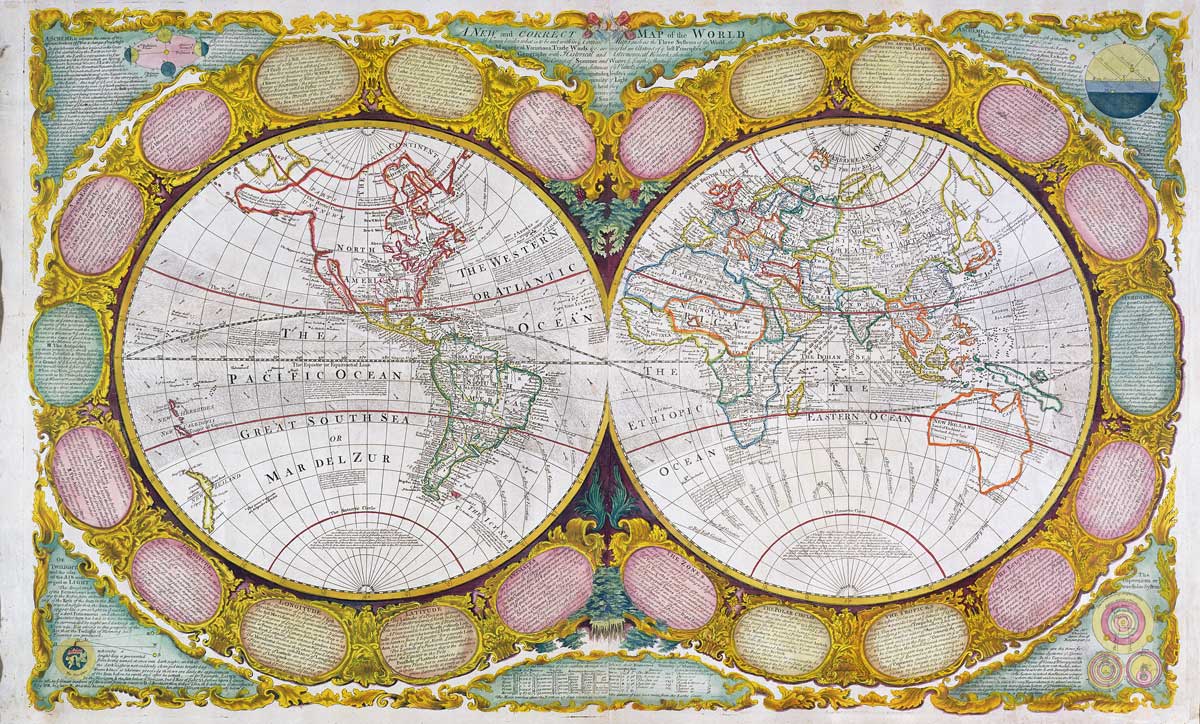A Last Post
If the study of history has a future, it must look beyond the near horizon, in space and time.

This is my final offering as editor of History Today, so allow me a few observations on history today and tomorrow, and what the discipline must do if it is to continue to prosper, to inform debate, at least in the English-speaking world.
I have long subscribed to the mantra that the pursuit of history should be marked by geographical breadth and chronological depth: that what happened thousands of years ago can matter as much today as that which happened yesterday; and that an event far away can have major ramifications closer to home. The pandemic alone should make that clear.
The success of books such as Peter Frankopan’s The Silk Roads and those of classicists such as Mary Beard and Tom Holland demonstrate that there is a real public appetite for breadth and depth when it is told with élan and authority. Public history doesn’t have to be all Tudors and the Second World War. But its future rests on less than firm foundations.
